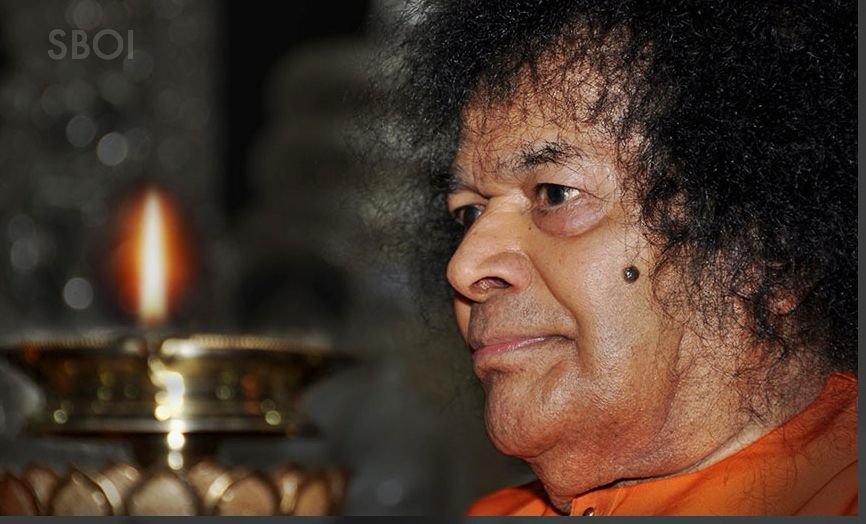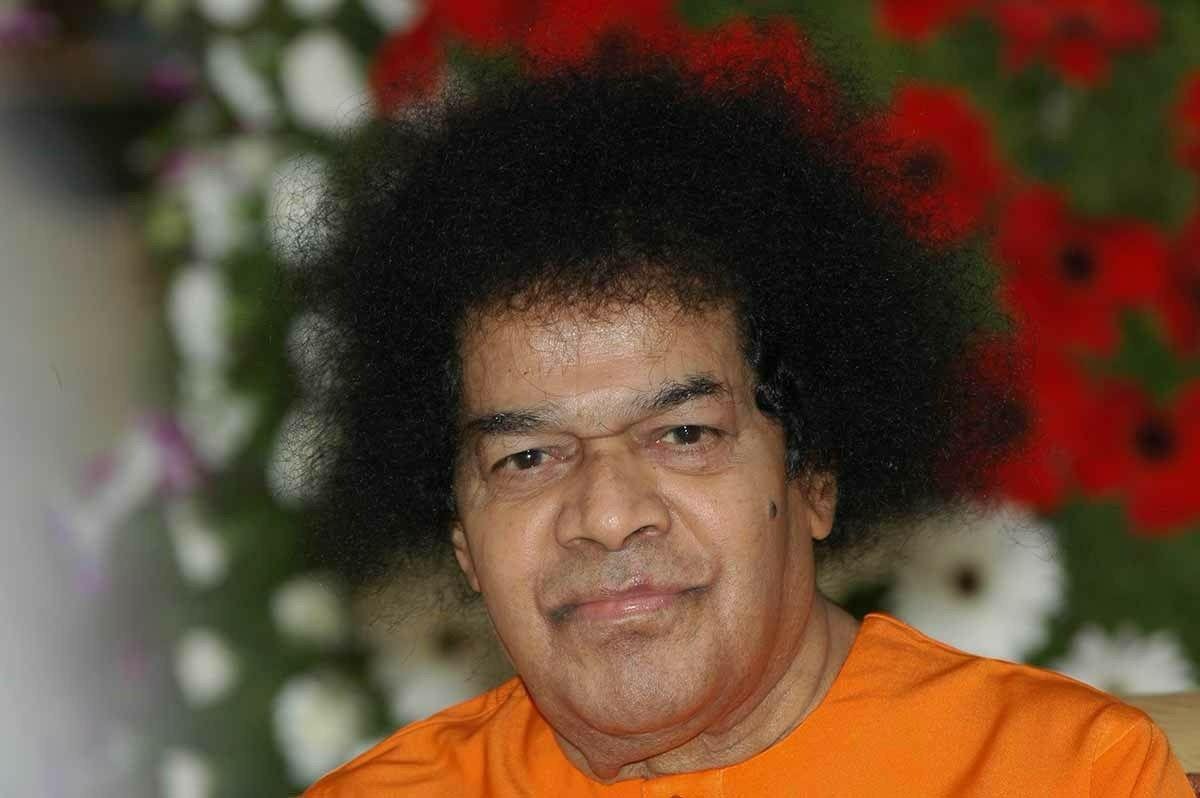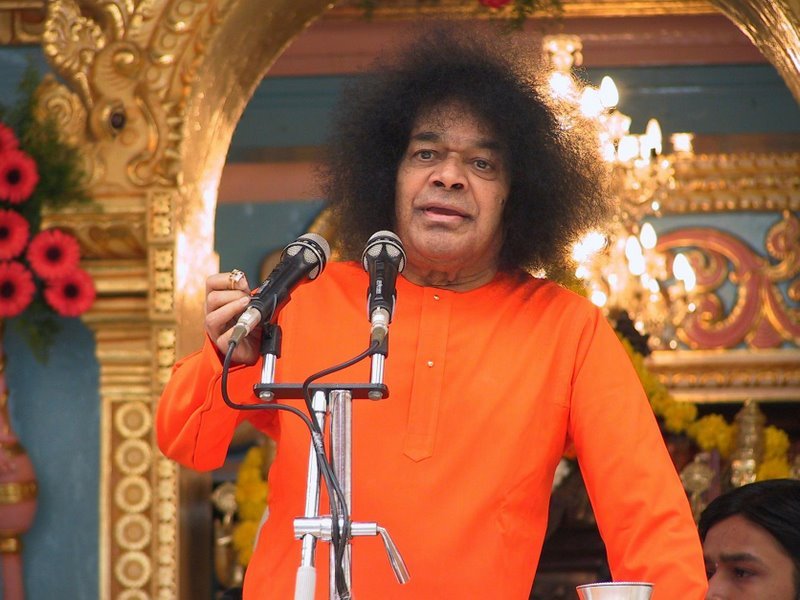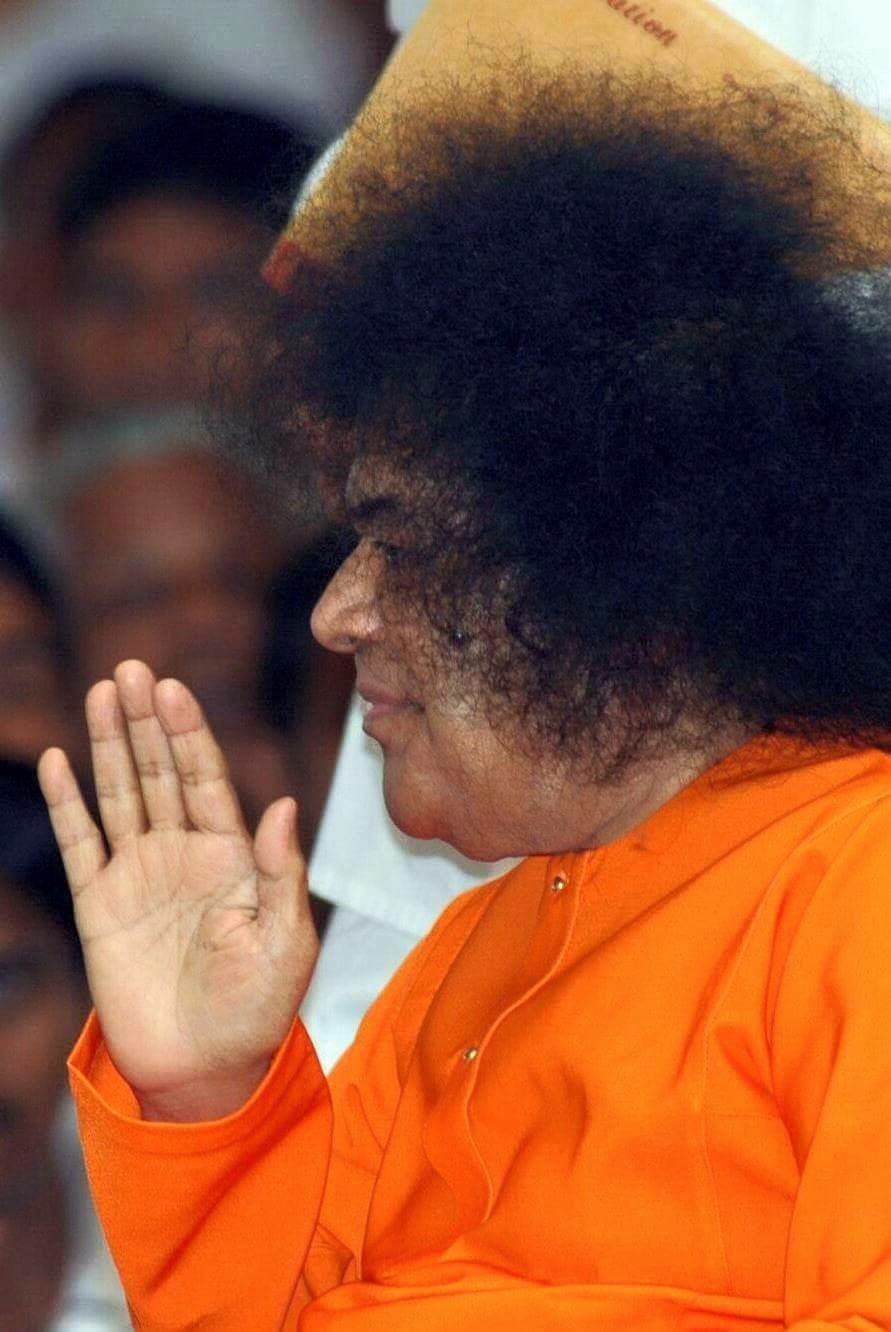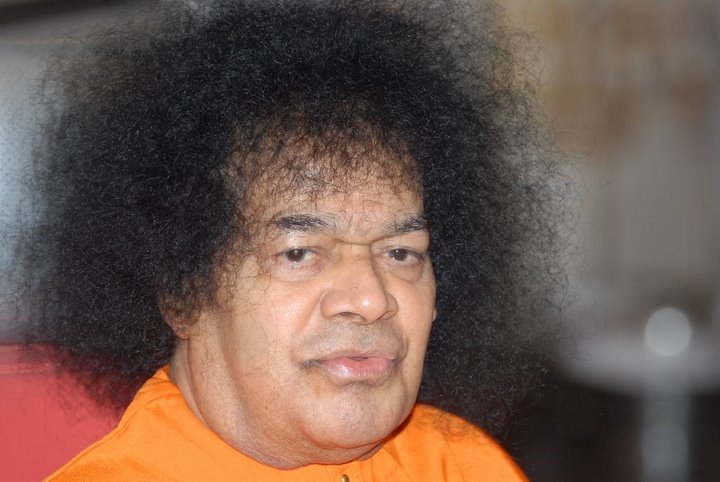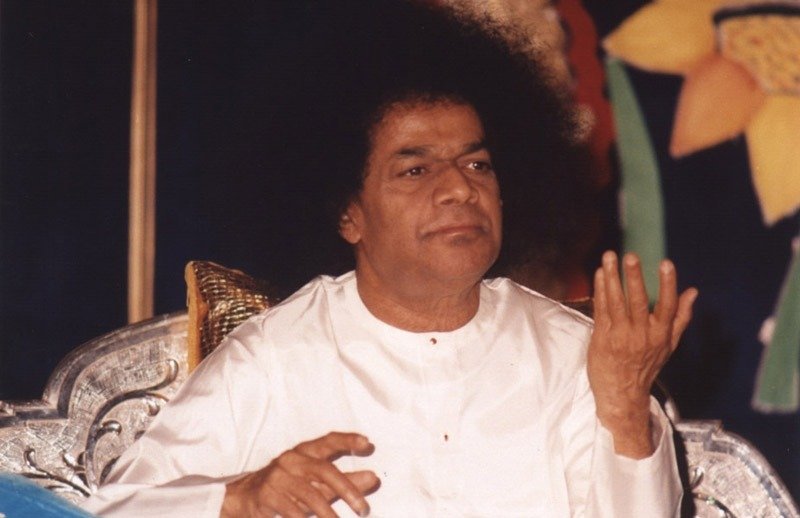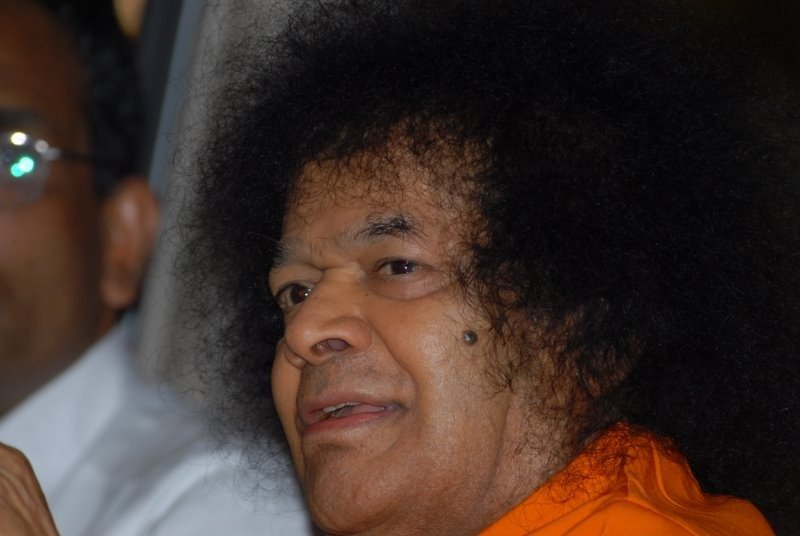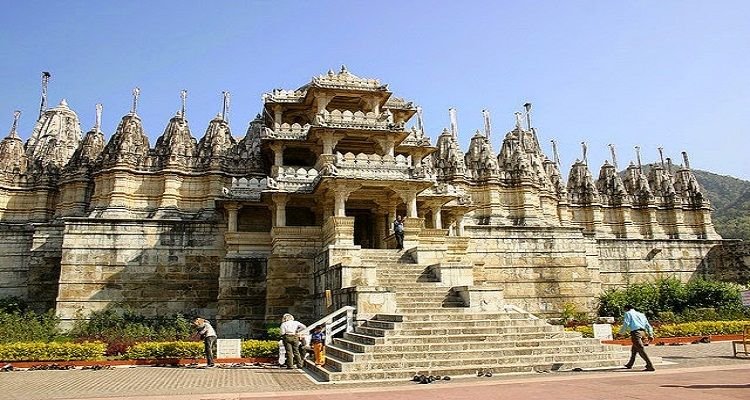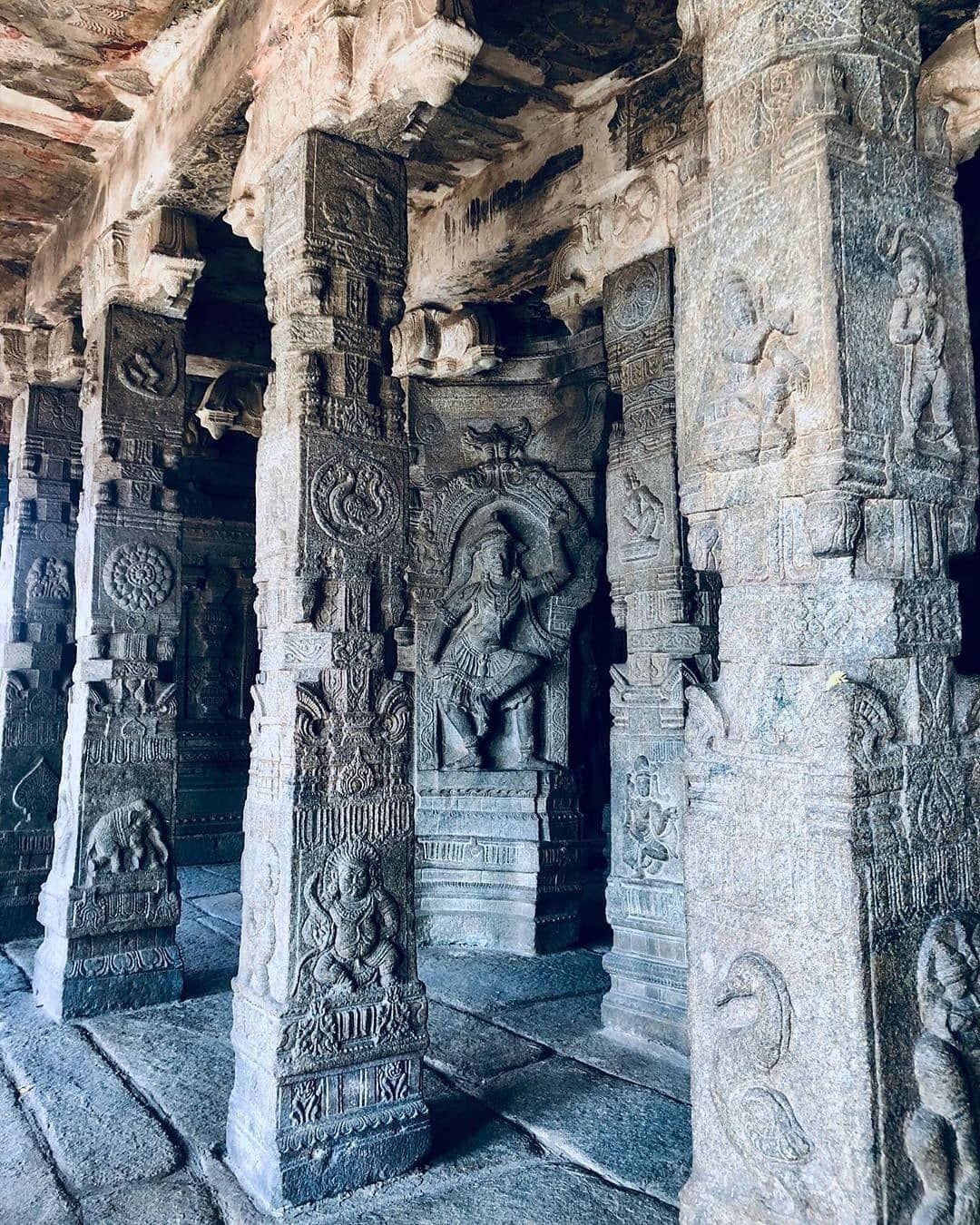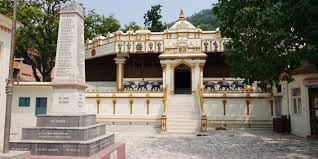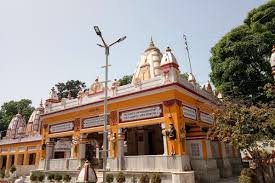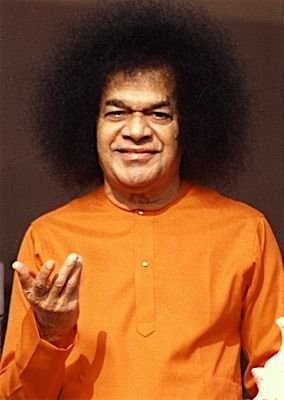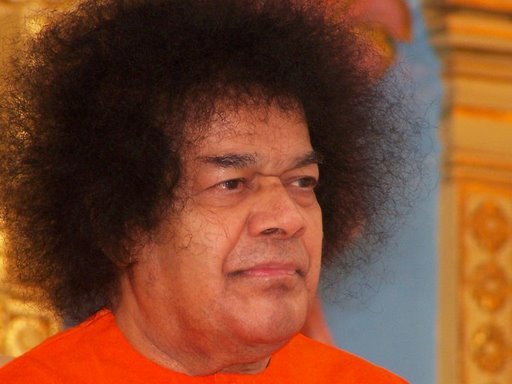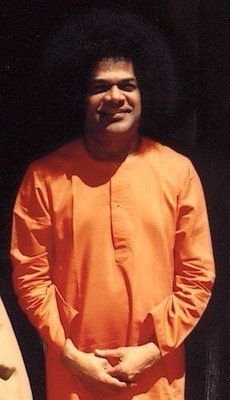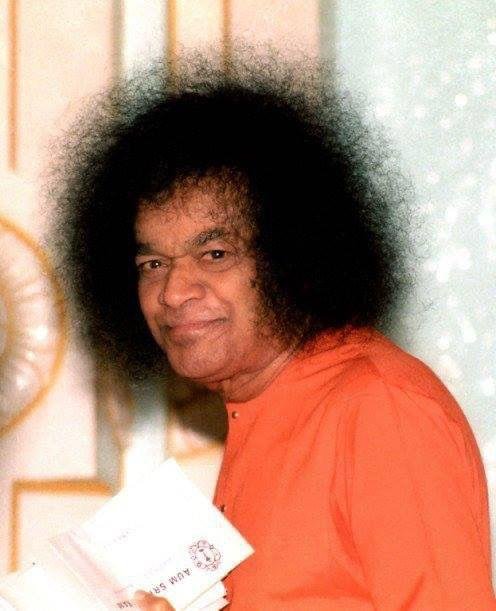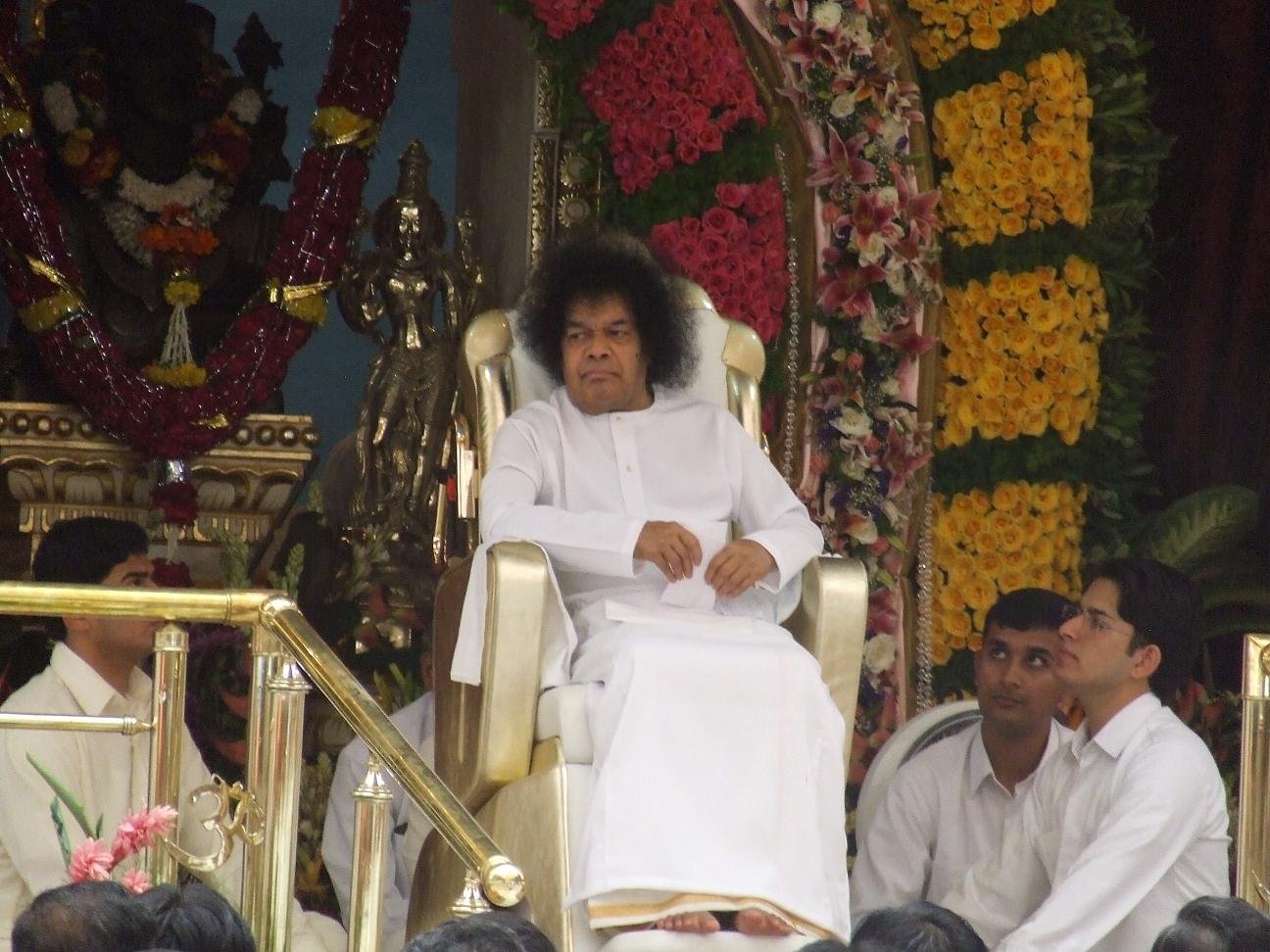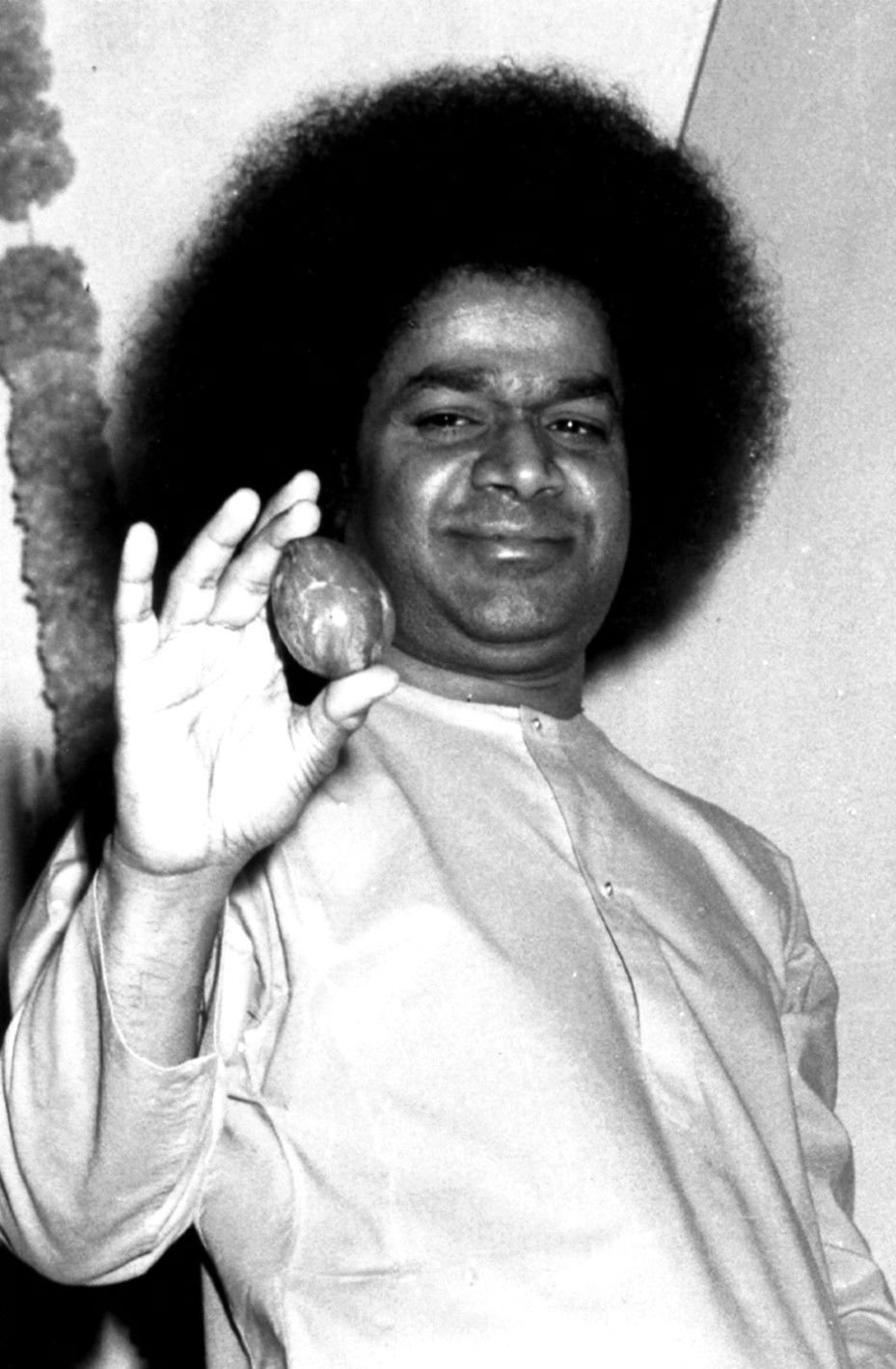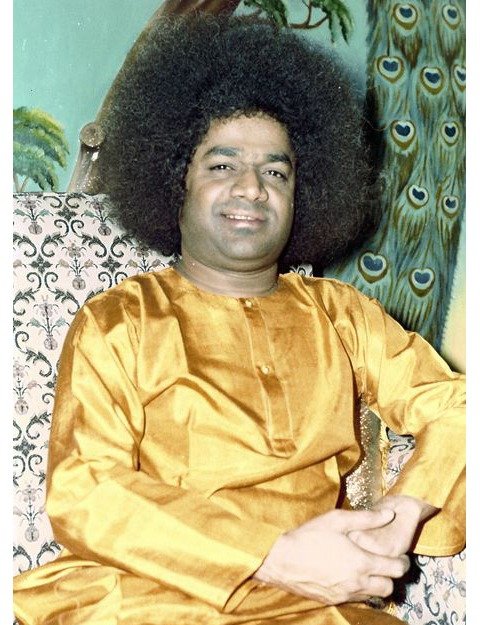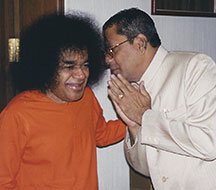Volume four
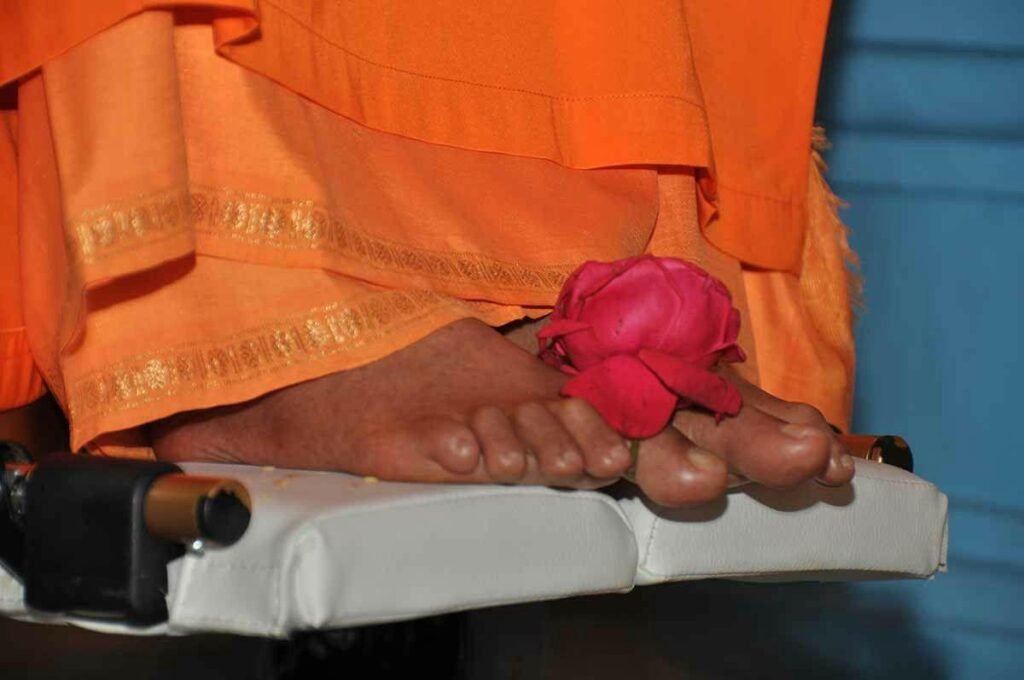
Sathyam Sivam Sundaram – Volume Four is the final installment in Prof. N. Kasturi’s four-volume life of Bhagawan Sri Sathya Sai Baba, taking the narrative from about 1973 through 1979. This volume is especially significant because it describes a period of rapid growth, institutional consolidation, expanded outreach, and greater emphasis on education, service, and spiritual leadership.
In this phase, Sai Baba’s mission shifts from the earlier miracle‑centered focus to long-term institution building and expansion of projects that embody his ideals. Kasturi details how many schools, colleges, and educational institutions were established or strengthened under Baba’s guidance, manifesting the principle that “education plus values” is central to his work. Also recounted are numerous “leelas” or divine acts during this period, which illustrate both supernatural power and compassion — healing, intervention in crises, fulfilling devotees’ needs in mysterious ways, the unfolding of spiritual grace in daily life. Volume Four highlights how Baba’s divine presence attracted international devotees, foreign visitors, and growing recognition outside India, contributing to the transformation of Prasanthi Nilayam into a major center of pilgrimage and spiritual activity.
One of the thematic strands in this volume is “My Life Is My Message” — the idea that Baba’s life itself, his conduct, his projects, his speech, and his humility, serve as the living scripture for devotees to emulate. Another theme is service to humanity — many service projects (free hospitals, water supply schemes, support for the poor) are narrated, showing how the Divine ideal shapes social action. Kasturi also emphasizes the five‑fold path frequently taught by Baba: Sathya (Truth), Dharma (Righteousness), Shanthi (Peace), Prema (Love), Ahimsa (Non‑violence), and shows how Baba strove to manifest these in institutions and in personal interactions. The volume also reflects on inner transformation — how devotees matured spiritually during these years, how trials, tests of faith, and devotion deepened the inner life, and how relationships between guru and devotee solidified in trust, surrender, and love.
Kasturi’s narrative is not merely a chronicle of external events but often pauses for spiritual reflection. He draws out lessons from each leela, pointing out how miracles are pointers, not ends; how devotion must grow into responsibility; and how the expansion of Sai Baba’s mission outwardly must match the inner movement of seekers inward. Volume Four also includes accounts of public meetings, increasing media attention, expanded Ashram infrastructure, and how Baba handled increased responsibilities with simplicity and equanimity.
In its portrait of Baba’s later years, Volume Four offers a vision of how divine mission and human agency cooperate: the Divine gives the opportunity, the devotees work, and the inner transformation justifies the work. The volume ends in 1979 — a period when Baba’s message was reaching a widening global audience, and the spiritual movement founded in Puttaparthi was becoming more than a local phenomenon. In sum, Volume Four is a compelling bridge between the early leelas and the later decades: it shows how miracle, education, service, institution, and personal transformation weave together in a living mission. It inspires readers to see that spiritual life is not just about personal salvation, but about shaping a world grounded in truth, love, peace, and selfless action.



